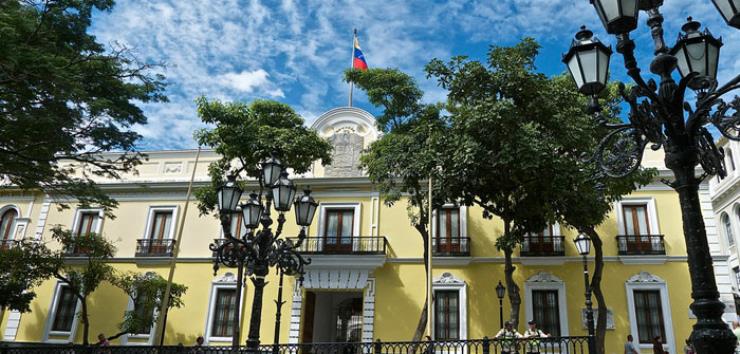
Caracas, officially Santiago de León de Caracas, is the capital and largest city of Venezuela; the true downtown or historic city center, is known as "el centro". Its history is revealed in its buildings. Most of the historic monuments have struggle to survive the modernization of the city.
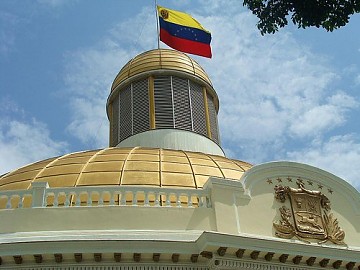
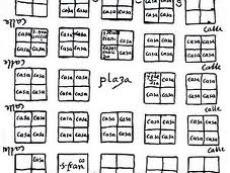
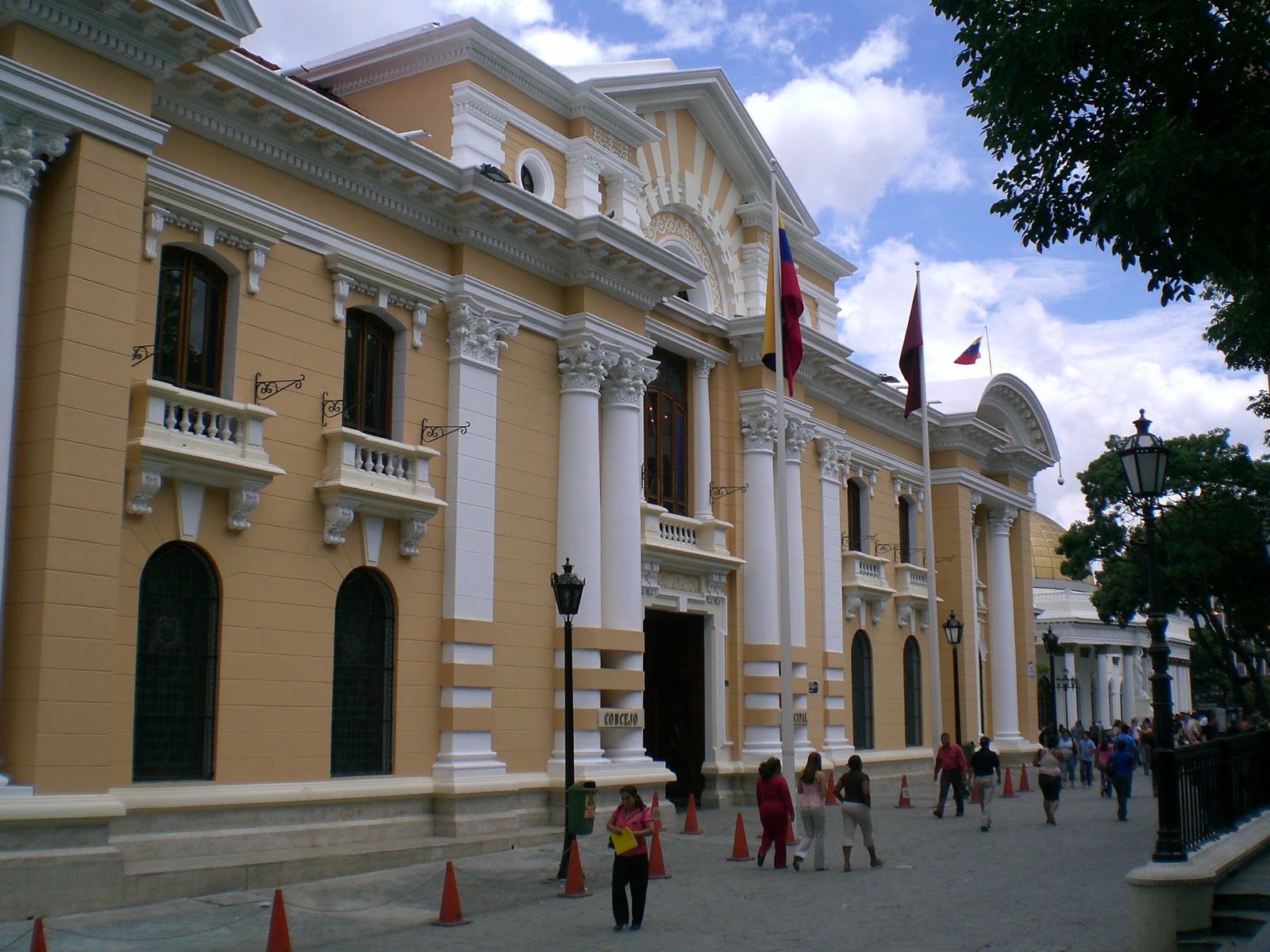
At the time of its founding, more than four hundred years ago, the valley of Caracas was populated by indigenous peoples. Francisco Fajardo, the son of a Spanish captain and a Guaiqueri cacica, attempted to establish a plantation in the valley in 1562 after founding a series of coastal towns. Fajardo's settlement did not last long. It was destroyed by natives of the region led by Terepaima and Guaicaipuro. This was the last rebellion on the part of the natives. On 25 July 1567, Captain Diego de Losada laid the foundations of the city of Santiago de León de Caracas.
During the 17th century, the coast of Venezuela was frequently raided by pirates. With the coastal mountains as a barrier, Caracas was relatively immune to such attacks – one of the reasons it became the principal city of the region. However, in the 1680s, buccaneers crossed the mountains through a little-used pass while the town's defenders were guarding the more often-used one, and, encountering little resistance, sacked and set fire to the town.
The cultivation of cocoa under the Compañía Guipuzcoana de Caracas stimulated the development of the city, which in 1777 became the capital of the Captaincy General of Venezuela.
An attempt at revolution to gain independence organized by José María España and Manuel Gual was put down on 13 July 1797. But the ideas of the French Revolution and the American Wars of Independence inspired the people, and on 5 July 1811, a Declaration of Independence was signed in Caracas. This city was also the birthplace of two of Latin America's most important figures of the Venezuelan War of Independence: Francisco de Miranda and "El Libertador" Simón Bolívar. An earthquake destroyed Caracas on 26 March 1812, which was portrayed by authorities as a divine punishment for the rebellion against the Spanish Crown. The war continued until 24 June 1821, when Bolívar gained a decisive victory over the royalists at the Battle of Carabobo.
As the economy of oil-rich Venezuela grew steadily during the first part of the 20th century, Caracas became one of Latin America's economic centers, and is also known as the preferred travel hub between Europe and South America. During the 1950s, Caracas began an intensive modernization program which continued throughout the 1960s and early 1970s. The Universidad Central de Venezuela, designed by modernist architect Carlos Raúl Villanueva and now a UNESCO monument, was built. New working- and middle-class residential districts sprouted in the valley, extending the urban area towards the east and southeast. Joining El Silencio, also designed by Villanueva, were several workers' housing districts, 23 de Enero and Simon Rodriguez. Middle class developments include Bello Monte, Los Palos Grandes, Chuao, and El Cafetal. On 17 October 2004, one of the Parque Central towers caught fire. The dramatic change in the economic structure of the country, which went from being primarily agricultural to dependent on oil production, stimulated the fast development of Caracas, and made it a magnet for people in rural communities who migrated to the capital city in an unplanned fashion searching for greater economic opportunity. This migration created the barrio (slum) belt of the valley of Caracas.
PROGRAM
Taxi driver will pick you up at your hotel, park at a parking lot in Altamira area, then walk with you to the subway station. Once at the subway station, you will take the subway to a station near the Federal Capitol. Then, the taxi driver will walk with you to Plaza Bolivar of Caracas, then to Caracas's Cathedral, and then to the Municipal Palace (closed on Mondays), where you will have 30 minutes to explore the place and its museum. Later, you can have a delicious snack at Cafe Venezuela! Then, you will walk to Simon Bolivar Birthplace House & Bolivarian Museum. Finally, your driver will walk with you back to the subway station, then to the parking lot and then drive to your hotel.
HISTORIC INFORMATION
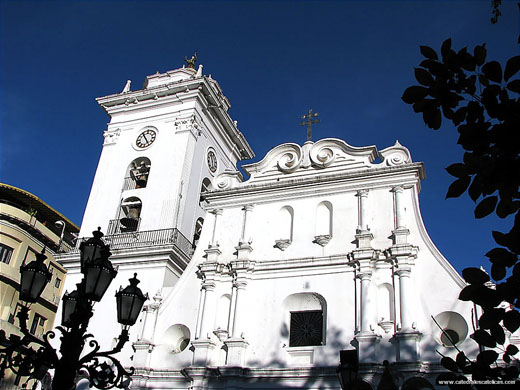
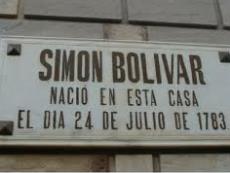
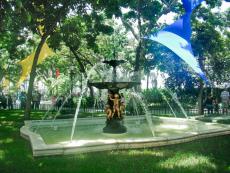
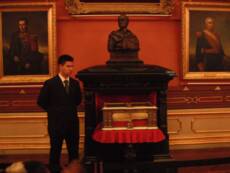

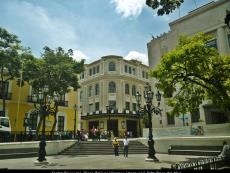
THIS TOUR INCLUDES
This building belonged from 1637 to 1874 to La Concepcion Nuns monastery, and from 19 April 1810 was the place of the first congress. The southern part is the present place of the National Assembly, and the northern part was formerly the Elliptic room, Triptic room and Shields room.
Federal Capitol
Plaza Bolivar is the focus of the old town with the monument to El Libertador, Simon Bolívar, at its heart. Modern high-rise buildings have overpowered much of the colonial flavor of Caracas' founding neighborhood.
Plaza Bolivar de Caracas
Municipal Palace of Caracas also known as Municipal Council of Caracas is a colonial construction of Caracas, where is placed the Mayorship of El Libertador Municipality and the Museum of Caracas.
Municipal Palace
Caracas's Cathedral is the seat of the archdiocese of Caracas. The cathedral has a Romanesque plan consisting of five naves: a central one and two minor ones on each side. The central nave is separated from the lateral ones by octagonal columns with composite capitals, supporting round arches. The main altar and altarpiece are inside the presbytery located at the end of the central nave.
Caracas Cathedral
Skyscrapers may loom overhead, but there is more than a hint of original colonial flavor in this neatly proportioned reconstruction of the house where Simón Bolívar was born on 24 July 1783. The museum's exhibits include period weapons, banners and uniforms. Much of the original colonial interior has been replaced by monumental paintings of battle scenes.
Simón Bolívar Birthplace House
Inside, you will find historic documents, guns and clothes from the colonial period, as well as personal objects that belonged to Simón Bolívar. Also, there is the coffin in which Simón Bolívar were moved from Santa Marta (Colombia) to Caracas.
Bolivarian Museum:
TAXITOCARACAS'S
MINI TOURS
CARACAS HISTORIC
The Way to Get There Safely
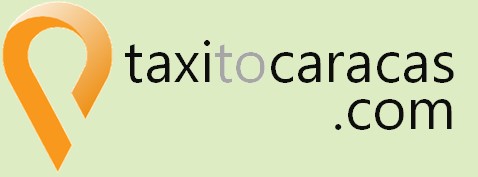
$110 USD
for a group 1-4 people
(Admission fees included)
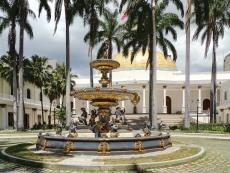
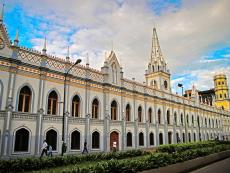
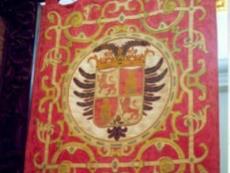
We are a company that offers secure transportation between Venezuela's Simon Bolivar International
Airport (CCS) and any location in the city of Caracas or any place in Venezuela Caracas airport maiquetia taxi Caracas city from airport taxi to Caracas airport maiquetia taxi Caracas taxi Caracas airport taxi Caracas airport taxi Caracas airport taxi to Caracas
@taxitocaracas